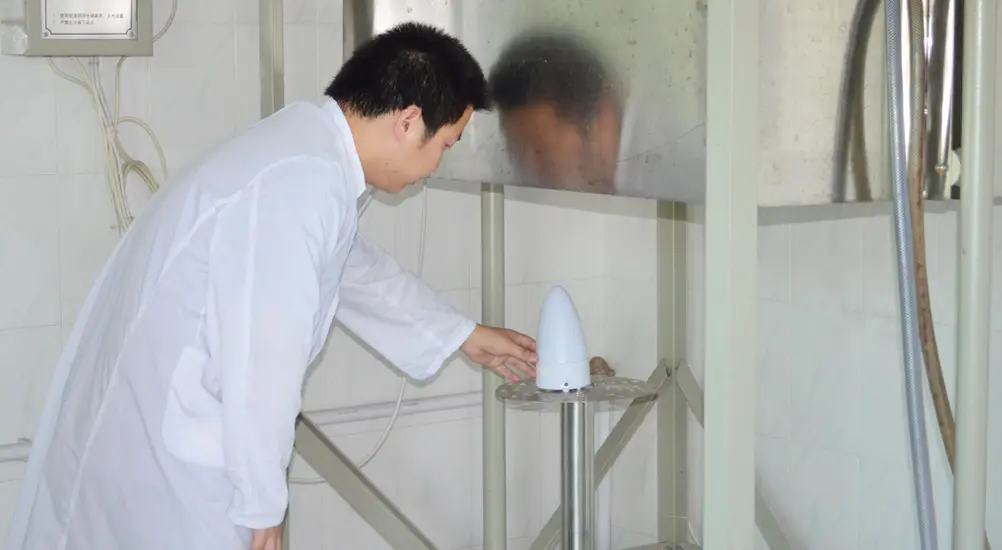
How to Obtain a Cosmetic Product Safety Report
In the cosmetics field, a CPSR report usually refers to the Cosmetic Product Safety Report, a key compliance document required under the EU Cosmetic Regulation (EC) No 1223/2009, used to ensure the safety of cosmetics before they are placed on the market.
What is a Cosmetic CPSR Report?
The CPSR (Cosmetic Product Safety Report) is a technical document prepared by a Qualified Safety Assessor (QSA) to demonstrate the safety of a cosmetic product in compliance with EU regulations. Without a valid CPSR, cosmetic products cannot be legally sold in the EU market.
Core Contents of the CPSR Report
The report is divided into Part A (Safety Information) and Part B (Safety Assessment Conclusion):
Part A: Product Safety Information
- Product Ingredients
Includes CAS numbers, concentrations, and regulatory compliance (whether they meet EU Cosmetic Regulation Annex requirements) for all raw materials, fragrances, preservatives, etc.
- Product Characteristics
Form (e.g., lotion, spray), pH value, stability data, etc.
- Microbiological Testing
Proof that the product is free from harmful microbial contamination.
- Toxicological Data
Data on skin irritation, sensitization, phototoxicity, etc., for ingredients.
- Exposure Assessment
Usage method (leave-on/rinse-off), frequency of use, target population (adults/children).
- Adverse Event Records (if any)
Complaints or allergy reports related to similar products.
Part B: Safety Assessment Conclusion
Signed by a Qualified Safety Assessor (QSA), confirming:
- The product is safe under normal or reasonably foreseeable conditions of use.
- Adequacy of label warnings,
such as "avoid contact with eyes."
- Compliance with EU regulations,
including limits on banned or restricted substances.
Who Needs a CPSR Report?
1. Cosmetic Brand Owners
Companies within the EU or exporting to the EU.
2. OEM/Contract Manufacturers
Need to cooperate with brands by providing formulations and test data.
3. Cross-border E-commerce Sellers
For example, selling to the EU through Amazon or AliExpress.
Importance of the CPSR Report
1. Legal Requirement
It is a mandatory document for EU market access; otherwise, products may be removed from shelves or incur fines.
2. Consumer Safety
Avoid recalls or lawsuits due to product safety issues.
3. Brand Reputation
Demonstrates professional safety assessment and builds market trust.
How to Prepare for a CPSR Report
1. Provide a Complete Formula
100% disclosure, including fragrances, preservatives, etc.
2. Conduct Necessary Tests
Such as microbiological testing, stability testing, and preservative challenge testing.
3. Evaluation and Signing by an EU-Certified QSA
Typically requires a cosmetics toxicology expert.
Frequently Asked Questions
Q: What is the relationship between CPSR and PIF (Product Information File)?
A: CPSR is the core component of the PIF, which also includes product labeling, GMP certification, and other documents.
Q: Is it mandatory to prepare a CPSR for cosmetics exported to the EU?
A: Yes, regardless of the country of origin, any cosmetic product sold in the EU must comply with EU regulations, including having a CPSR.
Email:hello@jjrlab.com
Write your message here and send it to us
 Most Reliable Medical Device Test Lab
Most Reliable Medical Device Test Lab
 How to Obtain a Cosmetic Product Safety Report
How to Obtain a Cosmetic Product Safety Report
 US and EU Cosmetics Compliance
US and EU Cosmetics Compliance
 How to Obtain SDS Sheets Certification
How to Obtain SDS Sheets Certification
 Personal Care Products MSDS
Personal Care Products MSDS
 Approval for UL 1727 Introduction
Approval for UL 1727 Introduction
 Candle Label Requirements United States
Candle Label Requirements United States
 Laser Product Qualification Consultants
Laser Product Qualification Consultants
Leave us a message
24-hour online customer service at any time to respond, so that you worry!




